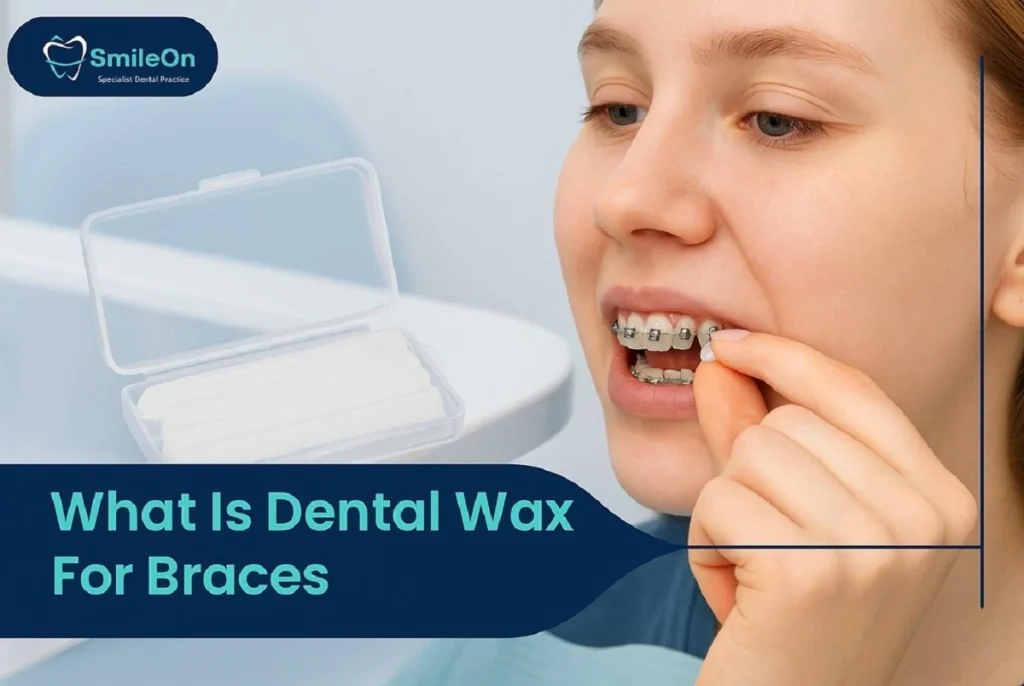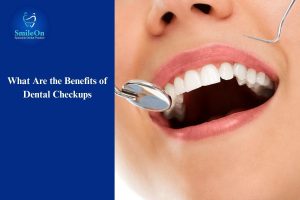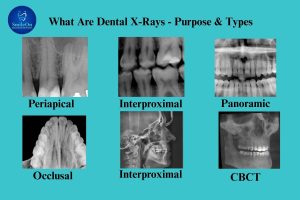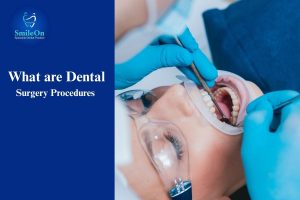Have you ever had your braces tear into your cheeks or gums until it seemed even painful? Chances are high that you are having this annoyance, especially when you are in orthodontic treatment.
Fortunately, there is a very easy solution that can help to make life wearing braces considerably joyful: dental wax. Also, referred to as orthodontic wax, braces wax, and ortho wax, this tiny smooth substance can be a real savior when these metal brackets are causing you a problem in your mouth.
We are going to discuss in this blog what dental wax is, how the dental wax works, how to make good use of it, and why everyone should have it in braces kit.
Table of Contents
ToggleWhat is Orthodontic Wax?
Orthodontic wax is a wax specifically designed to be used by people who have braces or other dental devices. It is commonly created out of naturally-derived, non-toxic substances like waxes like beeswax, paraffin, or carnauba. Additional flavor is also likely to be added to some brands- it was useful to the kids and the teens.
This flexible, pliable material is applied and smoothed over the sharp or jagged edges of the braces, brackets, and wires to rub against your mouth’s soft tissue inside. Brace wax can be used as a pad between the hardware and your lips, gums and cheeks so that no painful sores or cuts occur.
The one thing that makes ortho wax so quick is the amount of relief it can give. As soon as it is used properly, it can dramatically decrease the irritation and enable you to manage your day rather than concentrate on the ache.
Uses of Dental Wax for Braces
You may use dental wax not only in case of emergencies, but also as a common braces care product.
The most popular ways to apply braces wax are the following:
1. Easing the Pain
During the initial days of using braces, the mouth has not adjusted to the presence of the brackets and wires. The first few days are usually very difficult, but the orthodontic wax softens the point of contact of your braces to our mouth, hence making the pain very minimal.
2. Poking Wires Covering
The wires are occasionally unstable or too lengthy, which is especially true after one changes position. Rather than waiting until the next orthodontic appointment to deal with the pain and discomfort, a person can rely on dental wax to cover up the uncovered or poking end of a bracket and evade any injury or pain in the process.
3. Treatment of Mouth Sores
In case you already have minor ulcers or irritation in the form of braces, orthodontic wax can be used to cover the affected area until the wound is healed. It stops additional rubbing and does not interfere with the creation of the sore.
4. Sports When Wearing Braces
Wearers of braces have a greater risk of being injured when their teeth strike their lips or cheeks when colliding with them during some sporting activities. The use of braces wax prior to games provides additional protection and comfort behind a mouthguard.
5. Treating Loose Brackets or Broken Brackets
In case of a loose or broken bracket and you cannot go to the dentist in time, ortho wax is one of the solutions to fill in the gap and avoid pain.
How to Use Braces Wax?
Proper application of the tooth wax will keep the tooth wax in place and maximum comfort is observed. To have the best possible outcome, follow these few steps:
Step 1: Wash your Hands
Whenever you want to treat a patient, make sure that you wash your hands first, in order to maintain oral hygiene and avoid placing other bacteria in your mouth.
Step 2: Brush your Teeth
Clean your teeth, particularly in the braces region, to clear any pieces of food. Clean surfaces stick better to wax.
Step 3: Wipe the Area
Pat the bracket or wire with a clean piece of tissue or gauze to dry it. This essential dental wax cannot stick well on a wet surface.
Step 4: Roll the Wax
Take off a tiny tip of wax (as large as a pea). Put it in your fingers and roll it up until it becomes soft and pliable.
Step 5: Apply it
Lightly rub the dental wax for braces on the discomfort bracket or wire. Flatten and shape it so as to cover the whole rough edge.
6 Step: Replace When Necessary
Wipe off the wax first, and replace a new amount of it after brushing your teeth, or after 1 to 2 days of usage.
Tips To Maximize the Usage of Dental Wax
Here are tips that will allow you to make the most out of dental wax braces:
- Take an Extra Wax: Take an extra amount of wax as a small thing with you, particularly during the initial period of treatment.
- Before You Go to Bed, Use Ortho Wax: In case even your teeth braces disturb your sleep at night, apply wax and ensure a good night’s sleep.
- Not Too Much! And a Little is Sufficient: Making it bulkier and uncomfortable can be done by using more.
- Talk About Troubling Problems: The wax is not doing the trick or the situation gets worse? Now it is the time to start talking to your orthodontist.
Conclusion
Braces may be marvelous for your smile, yet they are not always good. Fortunately, a simple, harmless solution to this inconvenient, yet quite harmless discomfort is a dental wax that makes it possible to cope with irritating problems associated with orthodontic treatment. Perhaps it is spiky brackets, hawking wires or tender cheeks, orthodontic wax can significantly alter your day-to-day comfort.
And when you really feel pain or just want to know something about your treatment or assistance in some type of oral care, just turn to SmileOn. We have skilled dental staff that are ready to take you on your braces experience and beyond with comfort, care, and confidence.
FAQs Orthodontic Wax
Is orthodontic wax safe if accidentally swallowed?
Absolutely, orthodontic wax is not even toxic and totally safe to ingest in negligible amounts. It is usually advisable to pull out the wax before you eat, yet consuming a small amount of it should not be harmful to your body.
How often should I change orthodontic wax?
Clean the wax once every 1-2 days or more frequently in case it becomes dirty, crusted off or starts breaking. New wax guarantees good hygiene and constant relief.
Can I eat with dental wax on my braces?
Dental wax is edible; however, it may fall loose or be contaminated with food during eating. To achieve improved comfort and hygiene, it is best to take it off during meals and apply it after the meals.
What should I do if the wax doesn’t stick to my braces?
In case the braces’ wax is not sticking well, it is normally due to the wetness on the place. Put the bracket or wire to dry and then apply. It sticks well to the dry places.






